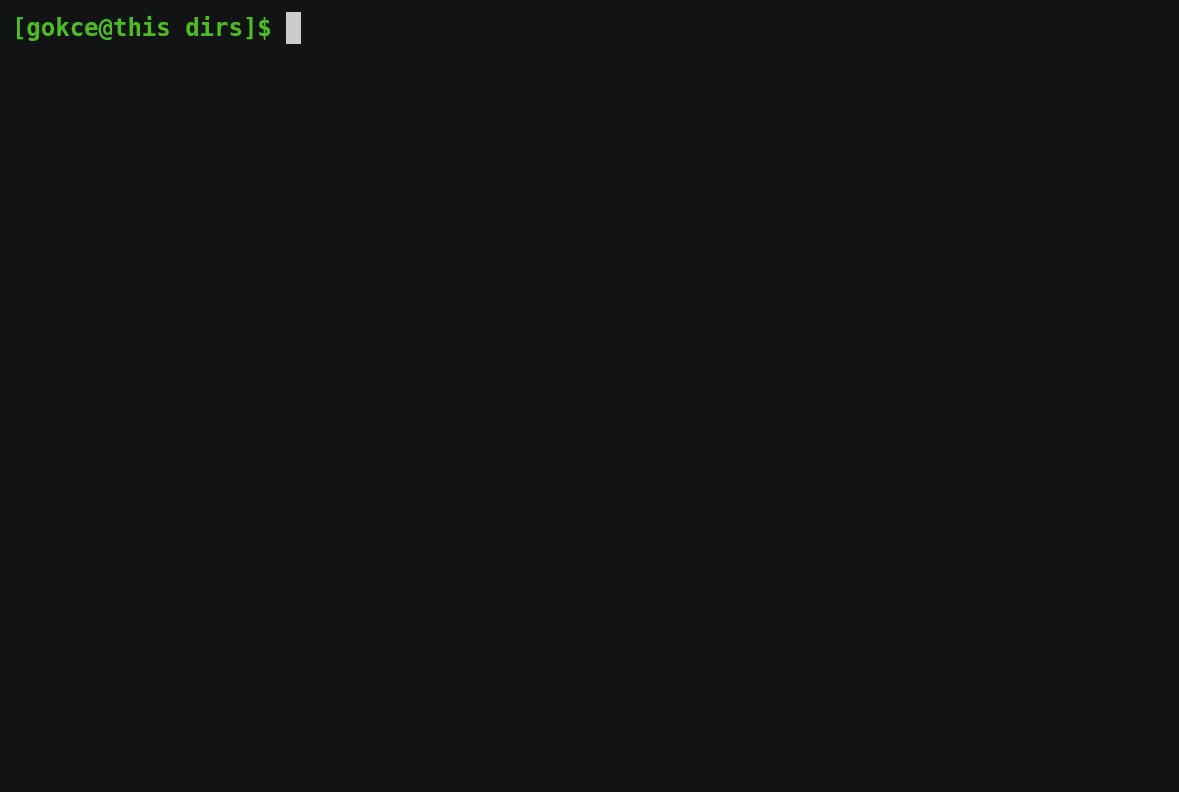lf
lf file manager
lf file managery
copy file
d
cut file
p
paste file
c
clears selection
ctrl + u & ctrl + d
half page up & down
ctrl + b & ctrl + f
full page up & down
$
run shell
%
pipes shell
!
shell and waits
&
runs in background
z
prefix commands
s
prefix sort
e
launch editor
i
launch pager
w
launch shell
Custom Commands from .config/lf/lfrc
.config/lf/lfrca - creates new directory
Configuration
You can download the example configuration file and customize according to your needs. If you built from source you can simply copy this file from the repository:
Or if you installed a pre-built binary you can download this file from the repository:
Working Directory
lf starts in the current directory and changes the working directory accordingly when you move around. On the other hand, when you quit lf, the launching shell remains in the starting directory. This is a limitation of shells since it is not possible for a program to change the working directory of the parent process. However, you can define a shell function for this purpose as a workaround if you want to stay on the last visited directory when you quit:

Example scripts are provided in the repository for common shells. If you installed a pre-built binary you can download these example scripts from the repository:
Then you need to source this file in your shell configuration file (e.g. ~/.bashrc):
You can also bind a key for this command if you like:
For other shells, see the comments in corresponding files for instructions.
Multiple Terminals or Multiplexers
It is often useful to open a file manager in multiple paths at the same time to copy files between directories. Instead of implementing tabs or panes, lf uses a server/client architecture for this purpose to fit your existing workflow. A server process is automatically launched in the background when you run lf command for the first time. This process saves the names of files to be copied or moved so that you can copy files in one client and paste them in another. This feature requires no configuration and it can be used with either multiple terminals or a multiplexer such as screen or tmux:

What Next?
You can read the documentation for more in-depth information and the rest of the wiki for extras.
Last updated
Was this helpful?